In a week-long advocacy campaign from Feb. 22–25, the Double The Pell initiative sought to garner more support for increasing federal aid to students. Events included a public press conference, broadcasting the University of California Student Association’s Double The Pell briefing at the Capitol, a social media day of action, and an interactive Instagram live hosted by @UCstudents.
Double The Pell is a student initiative led by the University of California Student Association in collaboration with seven other interstate student organizations. Their goal is to double the Pell Grant to $13,000 by 2024 through partnering with Congress and the Biden Administration to craft legislation that facilitates higher accessibility rates to college education for students of all backgrounds.
UCSA is working alongside the Washington Student Association, Oregon Student Association, Student Senate for California Community Colleges, University of Georgia Student Government Association, Cal State Student Association, The State University of New York Student Assembly, and Students United (Led by Minnesota State University Students) in the legislative advocacy campaign to #DoubleThePell.
In a Press Conference held on Monday, Feb. 22 to kick off their “Double The Pell Week Of Action,” UCSA President Aidan Arasasingham explained UC students’ reliance on the Pell Grant to fund their education.
“The Pell Grant is the bedrock foundation for affordable access to higher education. At UC [University of California] more than 78,000 students or 35 percent of all undergraduates receive Pell Grants,” said Arasasingham. “Within five years of graduating, the medium income of Pell Grant recipient students exceeds that of their families when they entered UC… Largely thanks to the Pell Grant, more than one in three UC alumni from families in the bottom 20 percent of income earners rise to the top 20 percent of income earners as adults.”
Vice President of Federal Affairs for the Washington Student Association Bryce Regian shared data regarding educational inequalities among students from diverse socio-economic, racial, and ethnic backgrounds.
“Low-income students are 15 percent less likely to graduate from a four-year institution. Indigenous, Pacific Islander, Black, and Latino students are 31, 24, 16 and 10 percent less likely respectively to graduate from four-year institutions,” Regian said.
Regian also shared findings regarding perseverance and retention rates among low income students and students of color in systems of higher education.
“Students of color and low-income students are less likely to persist beyond their first year of college and are less likely to transfer from public two-year to public four-year institutions than their white and non-low income peers,” Regian said.
Regian emphasized the beneficial impact Pell Grant funding has on low-income students who receive financial support.
“We know from research that financial aid has a positive correlation with both college enrollment and retainment. Even just $1,000 in financial aid has been shown to increase enrollment by four percentage points and persistence by two percentage points. Grant based financial aid improves the enrollment, retainment, and completion rates for low-income students and students of color,” explained Regian.
Despite the Pell Grant’s demonstrated long-term benefits to low-income students and students of color in their educational and professional trajectories, over the past few years, the Pell Grant’s ability to improve affordable student access to education has declined.
“In 1980 the Pell Grant covered more than 75 percent of a student’s four-year public college cost. Today, the maximum Pell Grant only covers 28 percent of that four-year public college cost. It no longer meets student needs,” said Arasasingham.
The decline of federal Pell Grant funding has led to high rates of housing insecurity, food insecurity, lack of access to resources, and other issues among students, exacerbated by increasing rates of inflation and the Coronavirus Pandemic.
According to data reported by the National College Attainment Network, overall post-secondary enrollment rates across the United States dropped 21.7 percent for the class of 2020. Students from high schools in high-poverty neighborhoods saw a 36.2 percent decline in post-secondary enrollment. The University of California, however, has seen an increase in overall enrollment across campuses, growing from 226,121 undergraduates in 2019 to 226,449 undergraduates in 2020. However, according to data published by the New York Times, the total number of Pell Grant recipients at UCSD dropped from 46 percent to 26 percent between 2011 and 2016.
The coalition explained their comprehensive plan to increase the 2020 school year maximum Pell Grant of $6,495 to $8,663 in 2022, $10,831 in 2023, and doubling to $13,000 by 2024. Additionally, they plan to include provision in their bill to ensure that Pell funding is routinely adjusted to fluctuating inflation rates in the future in order to maximize educational access and meet student needs.
Chair of Government Relations at UCSA Joshua Lewis reaffirmed the coalition’s mission to make higher education accessible for all, alleviate student loans, and allow students to meet their basic needs in his closing remarks at Monday’s press conference.
“Every day the Pell Grant remains low is a day a student is denied an education … This week of action is just the start. We currently stand over four million students strong. As our coalition continues to grow and as more and more students are uplifting the need to double the Pell, our actions to hold Congress and this administration accountable to students only becomes stronger,” Lewis said.
Students interested in advocating for Congress to #DoubleThePell are encouraged to visit the Double The Pell website to sign their petition and join their newsletter. Additionally, students should use the Double The Pell “twitterstorm” tool to auto-tweet their Representatives to re-invest in Pell.
Artwork courtesy of Nicholas Regli for The UCSD Guardian.


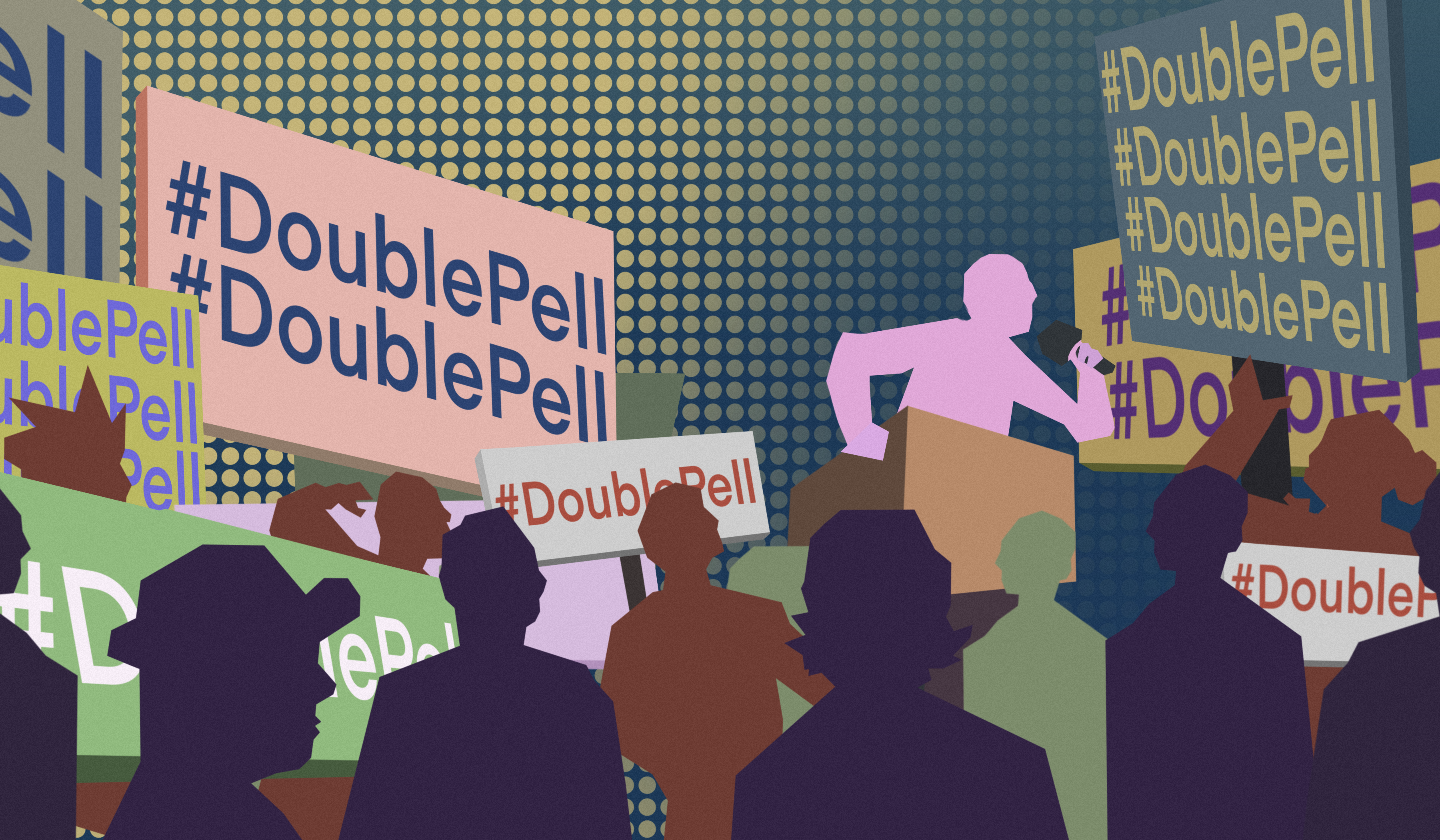






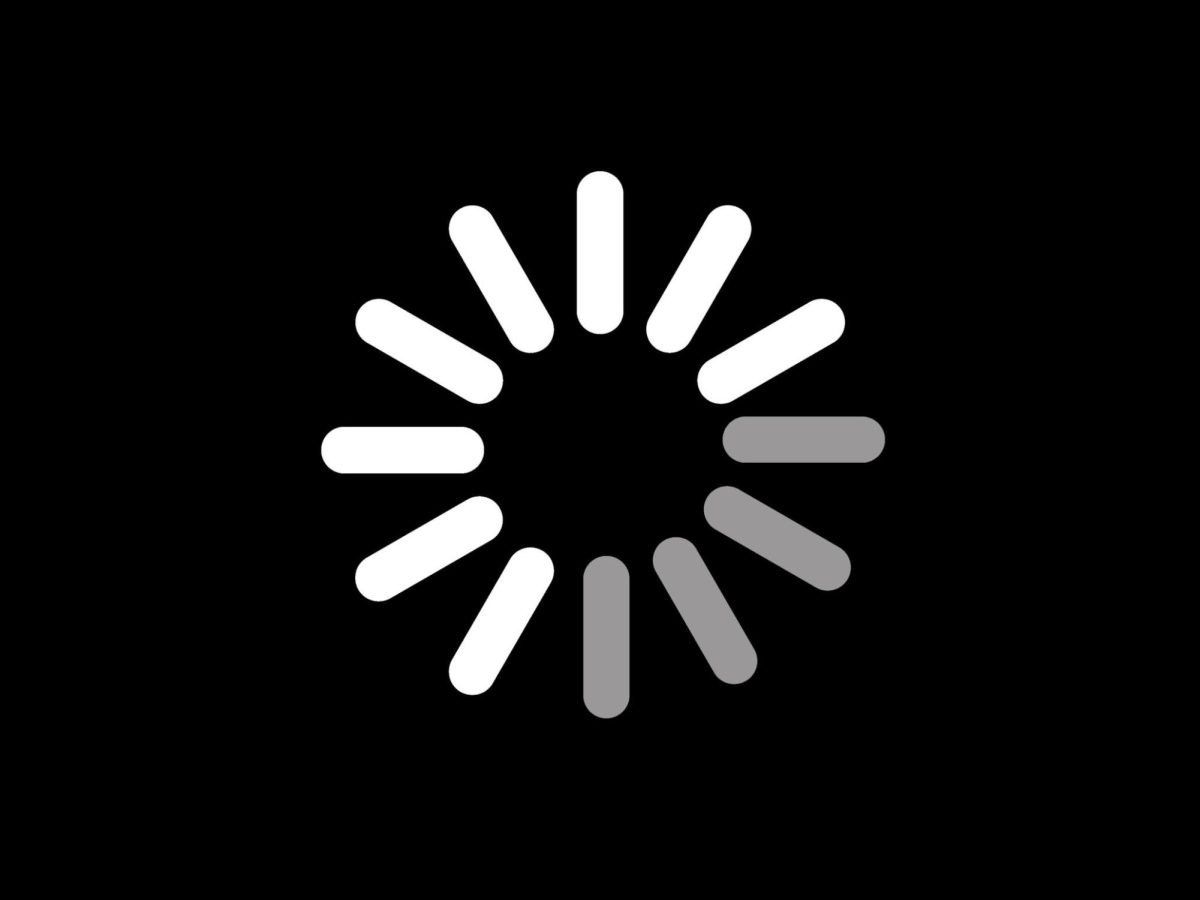
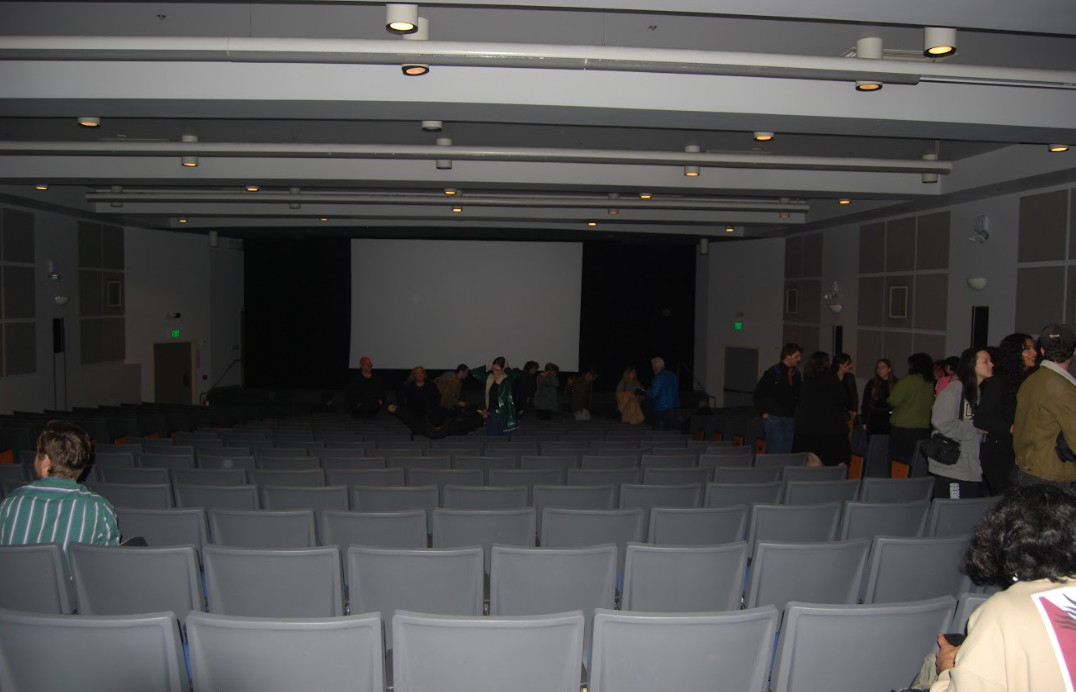


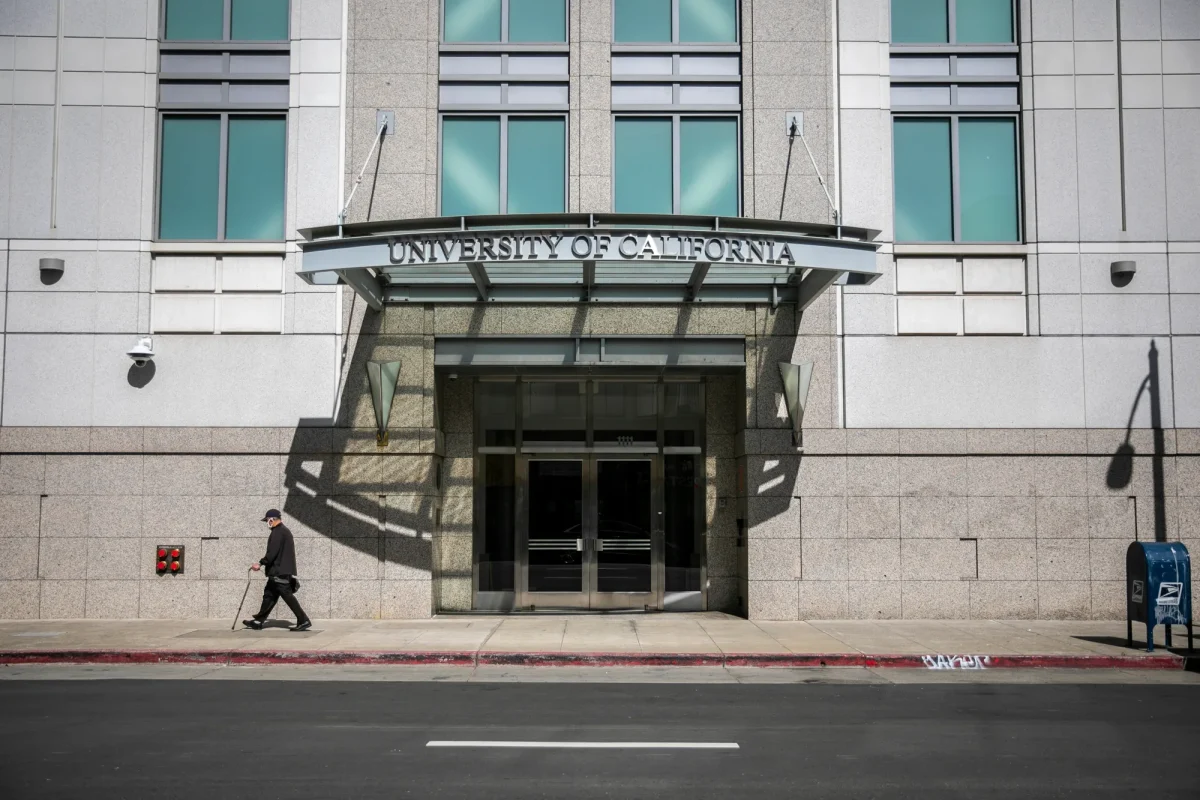
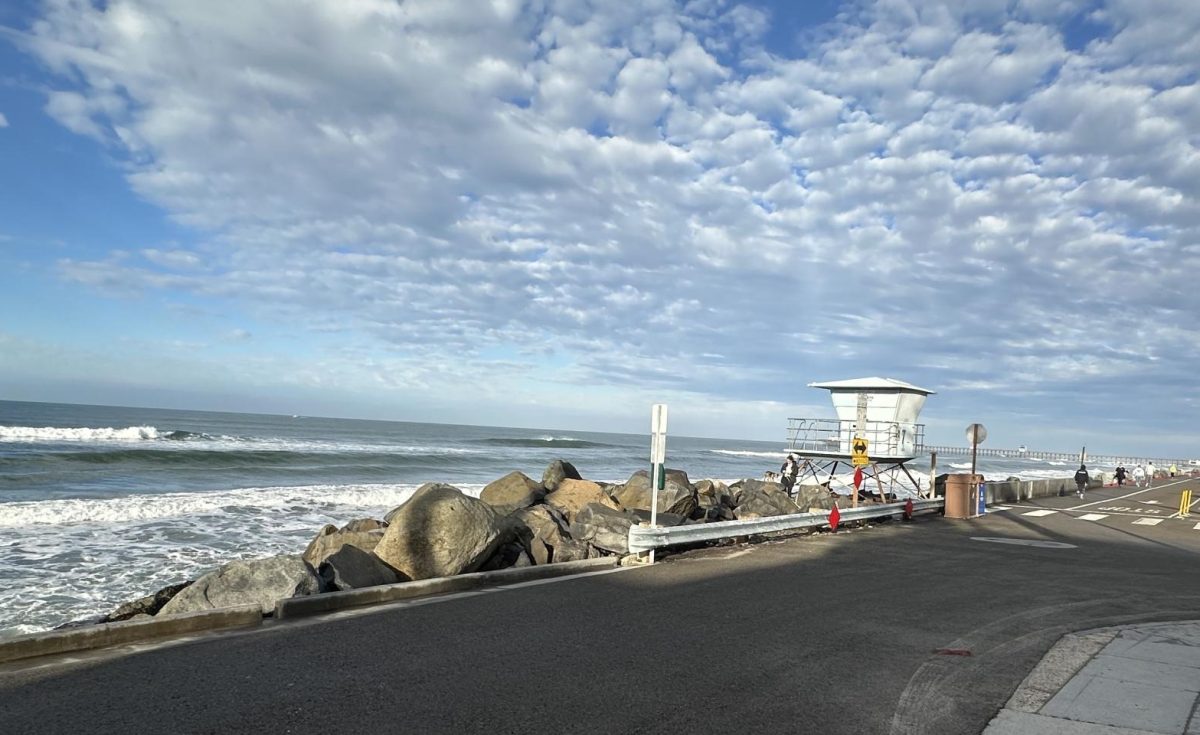
Olivia • Mar 19, 2021 at 3:12 am
It seems to me that there are quite a lot of tasks for students right now. Although writing an essay is quite a big task, there are many different ways that a student can take to break the task into small parts. Breaking down the essay writing task into small steps is the easiest way to prepare a successful essay. And these tips https://huler1996.com/blog/national-honor-society-essay-tips-and-examples/ will help you cope faster